#international day of forests
Text
Happy International Day of Forests!
May every forest flourish in its unique diversity, providing diverse ecosystems and homes for all wildlife , oxygen for everyone, and sustain all life on earth - and may people, all humans wake up to their inherent worth and value, and protect them - and all native trees everywhere - from being cleared in the arrogance of anthropocentrism.
#Forests#International Day of Forests#Earth#21st March 2024#International Day of Forests 2024#International Day of Forests 21st March 2024#Nature#Trees#Ecosystems#Wildlife#Keep your native trees#Plants#Keep your native plants#Native plants#Native trees
36 notes
·
View notes
Photo
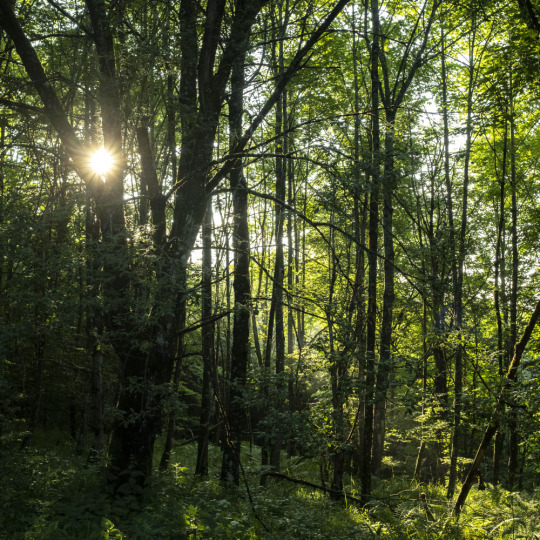
international day of forests
#© victor s. brigola#brigola#international day of forests#forest#green#tree#sun#landscape#swabian jura#germany#fuji x-pro 3
153 notes
·
View notes
Text
03/21/2024 is International Day of Nowruz 🌎, Mother's Day in the Middle East 🌎, Harmony Day 🇦🇺, National Close the Gap Day 🇦🇺, World Down Syndrome Day 🌎, World Poetry Day 🌎, National California Strawberry Day 🍓 🇺🇸, National Common Courtesy Day 🇺🇸, National Fragnance Day 🇺🇸, National French Bread Day 🥖 🇺🇸, Rosie the Riveter Day 🇺🇸, National Single Parents Day 🇺🇸, International Day for the Elimination of Racial Discrimination 🇺🇳, International Day of Forests 🌳🇺🇳

#nowruz#mother's day in the middle east#harmony day#national close the gap day#world down syndrome day#world poetry day#national california strawberry day#national common courtesy day#national fragnance day#national french bread day#rosie the riveter day#national single parents day#international day for the elimination of racial discrimination#international day of forests
4 notes
·
View notes
Text

Poetry of Puppetry in Colours of Forests!
#writers corner#writers on tumblr#poets corner#new poets on tumblr#writerscreed#poetblr#spilled feelings#spilledthoughts#spilled poetry#international day of forests#world poetry day#world puppetry day#international day of colour
5 notes
·
View notes
Photo

The recent satellite data from Brazil's space agency Inpe reveals that deforestation in the Brazilian portion of the Amazon rainforest hit a new record high last month.
As the World Wildlife Fund (WWF) states, the Amazon “is of vital importance because people around the world, as well as locally, depend on the rainforest. Not just for food, water, wood and medicines, but to help stabilise the climate — around 76 billion tonnes of carbon is stored in the Amazon rainforest. The trees in the Amazon also release 20 billion tonnes of water into the atmosphere per day, playing a critical role in global and regional carbon and water cycles.”
On the International Day of Forests 🌳🌲🌱, learn 6 things you can do to help the Amazon Rainforest!
#international day of forests#forest day#forest#forests#rainforest#rainforests#amazon#amazonia#amazonian#amazonas#amazon rainforest#amazon forest#amazonian forest#floresta amazonica#amazonas brasil#amazon jungle#jungle#jungles#pray for amazonia#save the amazon#deforestation#brazil#brasil#south america#nature#environment#climate change
18 notes
·
View notes
Text

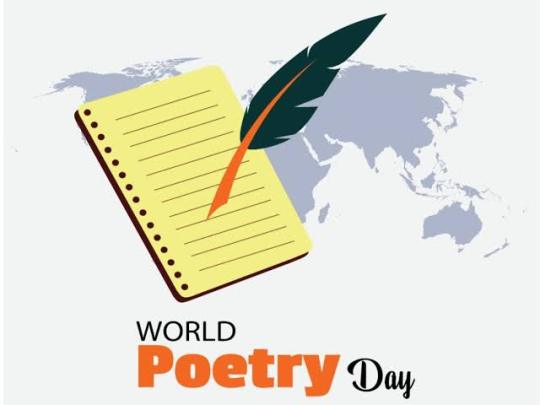




Today is 21st of March.
Today is International Day of Forests, World Poetry Day, Big Bang Day, International Colours Day, National Flower Day, Rosie The Riveter Day.
#international day of forests#world poetry day#big bang day#international colour day#national flower day#rosie the riveter day
2 notes
·
View notes
Text

Made this for International Day of Forests (2023-3-21)
Feel free to use!!
#mine#creations#made with canva#international day of forests#nature#naturecore#forestcore#wallpaper#pagan
14 notes
·
View notes
Text
Happy International Day of Forests!
11 notes
·
View notes
Text
Healthy forests, healthy planet, healthy humans.
youtube

Forests are often called the lungs of the planet, because they absorb harmful carbon dioxide and produce life-giving oxygen so it’s no exaggeration to equate healthy forests with healthy people, the theme of this year’s International Day of Forests.
Covering 31 per cent of Earth’s land and providing a home to 80 per cent of all land-based species, forests are crucial to human health and well-being, but their loss across the planet is threatening people everywhere.
Here are five things you need to know about the age-old and ever-growing interlinked relationship between forests and human health.

CityAdapt - Forests are key to building climate resilience.
1. Carbon sinks combat climate change
Forest ecosystems keep the planet healthy by regulating the climate, rainfall patterns, and watersheds and crucially provide the oxygen which is essential to human existence.
Healthy forests help to keep climate change in check by acting as “carbon sinks”, which annually absorb about two billion tonnes of carbon dioxide, the gas which is contributing to climate change and the increase of temperatures globally.
The rapidly changing climate is threatening the very existence of people in many different ways: through death and illness due to extreme weather events, the disruption of food systems, and the increase in diseases. Simply put, without healthy forests, people around the world, especially in the world’s most vulnerable countries, will struggle to lead healthy lives and maybe even to survive.

UN-REDD Forest products are processed into medicine in Viet Nam.
2. Nature’s pharmacies: from masks to medicine cabinets
From masks to medicines, forest products are used around the world every day. As many as 80 per cent of developing nations and one quarter of developed countries depend on plant-based medicinal drugs.
Forests contain about 50,000 plant species used for medicinal purposes by both local communities and multinational pharmaceutical companies. For millennia, forest dwellers have treated a range of ailments using products they have harvested. At the same time, many common pharmaceutical medicines are rooted in forest plants, including cancer-treating drugs from the Madagascar periwinkle and malaria medication, quinine, from cinchona trees.
The One Health approach, launched as part of the UN response to the COVID-19 pandemic, recognizes that the health of humans, animals, plants, and the wider environment, including forests, are closely linked and interdependent.
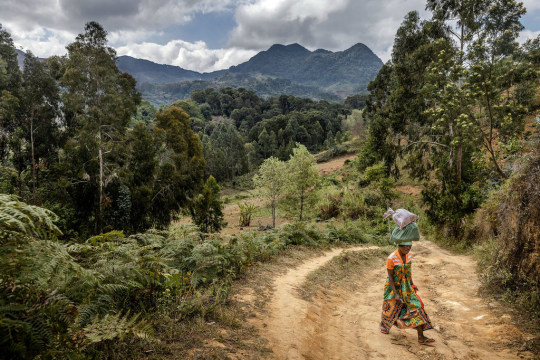
© FAO/ A woman carries goods through Uluguru Nature Forest Reserve in Morogoro, Tanzania.
3. Dinner for 1 billion people
Nearly one billion people globally depend on harvesting wild food such as herbs, fruits, nuts, meat, and insects for nutritious diets. In some remote tropical areas, the consumption of wild animals is estimated to cover between 60 and 80 per cent of daily protein needs.
A study from 43,000 households across 27 countries in Africa found that the dietary diversity of children exposed to forests was at least 25 per cent higher than those who were not.
In 22 countries in Asia and Africa, including both industrialized and developing countries, researchers found that indigenous communities use an average of 120 wild foods per community, and in India, an estimated 50 million households supplement their diets with fruits gathered from wildland forests and surrounding bushland.

UNDP Timor-Leste / Communities in Timor-Leste are helping to restore mangrove forests.
4. Forests are crucial for sustainable development
Forests provide goods and services, employment, and income to perhaps 2.5 billion people worldwide; that’s around one third of the global population.
Keeping forests – and humans – healthy is also at the heart of sustainable development and the 2030 Agenda. Woodlands play a key role in advancing progress across the Sustainable Development Goals (SDGs), including:
SDG 3 Well-being: Woodlands feel good. Studies show that spending time in forests can boost immune systems while elevating positive emotions and lowering stress, blood pressure, depression, fatigue, anxiety, and tension. Human health and well-being depend on the natural environment, which provides such essential benefits as clean air, water, healthy soils, and food.
SDG 6 Water: Forests play a filtering role in providing freshwater. About 75 per cent of the world’s accessible freshwater comes from forested watersheds. By feeding rivers, forests supply drinking water for nearly half of the world’s largest cities. Threats to forests could trigger water shortages and put global freshwater resources at risk for people across the world, which are among urgent issues addressed at the forthcoming UN 2023 Water Conference.
SDG 13 Climate action: The woods buffer the impacts of storms and floods, protecting human health and safety during extreme weather events. For centuries, forests have acted as nature’s socio-economic safety nets in times of crisis. Sustainably managed and protected forests mean enhanced health and safety for all.

Deforestation continues despite international calls to protect forests.
5. Forests need protecting
The wide-ranging benefits of forests are well known, but that doesn’t mean they are offered the protection that they perhaps deserve. Fire, insect-damage and deforestation have accounted for up to 150 million hectares of forest loss in certain years over the last decade, that’s more than the landmass of a country like Chad or Peru. The production of agricultural commodities alone, including palm oil, beef, soy, timber, and pulp and paper, drives around 70 per cent of tropical deforestation.
Many governments have adopted forest-friendly policies, and others have increased investment in woodlands and trees. Local communities and actors are making their own strides, sometimes one tree at a time. The UN established the Decade for Ecosystem Restoration (2021-2023) and its agencies are harnessing partnerships with local to global stakeholders to better protect forests, from planting three million trees in Peru to empowering young women to work as community forest rangers to protect illegal fauna trafficking in Indonesia.
Established in 2008, UN-REDD is the flagship UN knowledge and advisory partnership on forests and climate, supporting 65 partner countries. Building on the expertise of the UN Environment Programme (UNEP), UN Development Programme, and the Food and Agriculture Organization (FAO), the initiative has, among other things, seen member countries reduce forest emissions at levels equivalent to taking 150 million cars off the road for a year, ushering in a lot of more fresh air.
For guidance on creating an enabling environment in which people can benefit from all woodlands have to offer, FAO offers recommendations alongside a closer look at many key interlinkage between forest and human health in its report, Forests for human health and well-being
#UN-REDD#FAO#UNDP#UNEP#International Day of Forests#21 march#Forests and health#sdg13#SDG15#intlforestday#vegetation#forestry#Youtube
4 notes
·
View notes
Text
Coffee Hour
INTERNATIONAL DAY OF FORESTS
Roosevelt called trees the earth’s lungs. I can’t disagree. Although I hate raking leaves in the fall (and the trees around my yard do NOT constitute a forest), I breathe easily knowing they are around. I appreciate forests so much.

My Stunt Double du Jour scans the forest in hopes of spotting Pete’s Dragon, or maybe even Pete, himself.
4 notes
·
View notes
Text
International Forest Day 2024 | International Day of Forests: History, Significance, and Themes
International Day of Forests 2024 | Essay on International Day of Forests | International Forest Day 2024 Full Information | International Forest Day Essay | International Day of Forests: History, Significance and Theme
Forests are the lungs of our planet, vital to biodiversity, climate regulation, and life. Recognizing the important role of forests in maintaining ecological balance and human well-being, the United Nations General Assembly has declared March 21 as the International Day of Forests. This annual festival serves as a global platform to raise awareness about the importance of forests and trees, promote sustainable forest management practices, and advocate for their conservation and restoration.
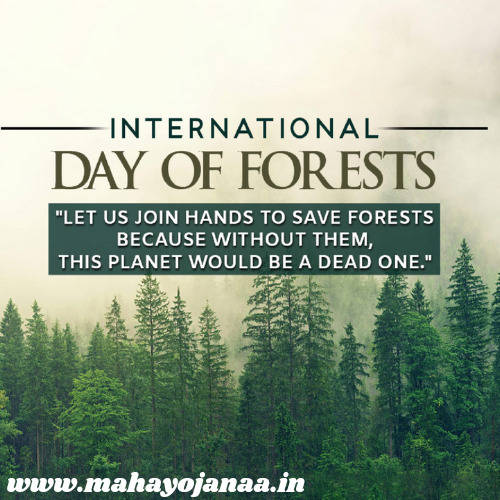
Forests are considered the lungs of the planet. Trees purify the air by reducing CO2 and help regulate the climate. They are essential for sustaining life on Earth and play an important role in combating climate change. However, the threat of deforestation and degradation threatens the existence of forests worldwide. To recognize their importance, March 21 is the International Day of Forests, a day that invites us to consider their importance and commit ourselves to their protection and care. In this essay, we explore the significance of the International Day of Forests, the multifaceted benefits of forests, the challenges they face, and the imperative of collective action to protect this invaluable natural resource. READ MORE
0 notes
Text
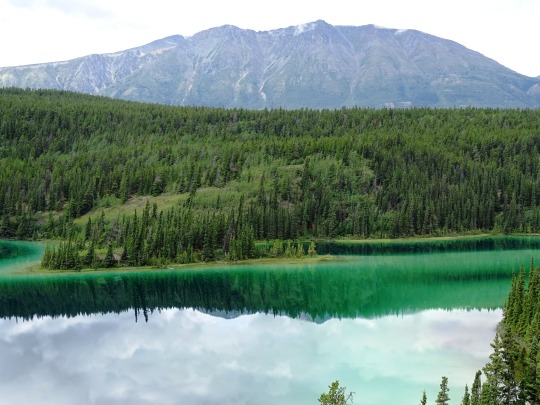



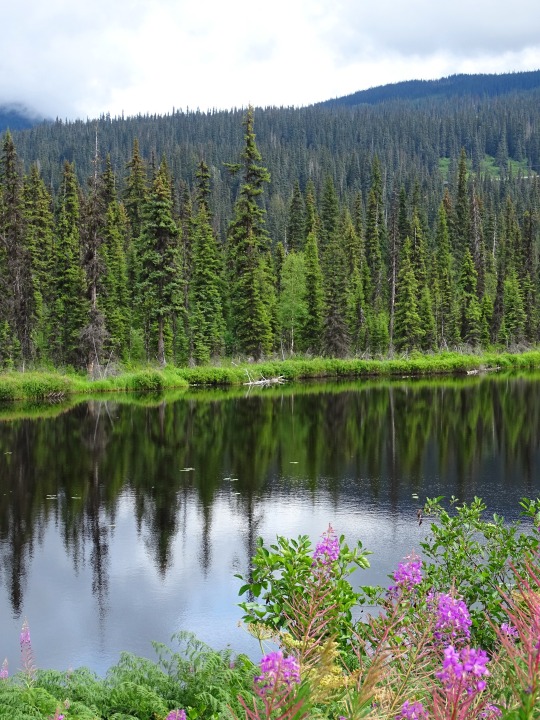


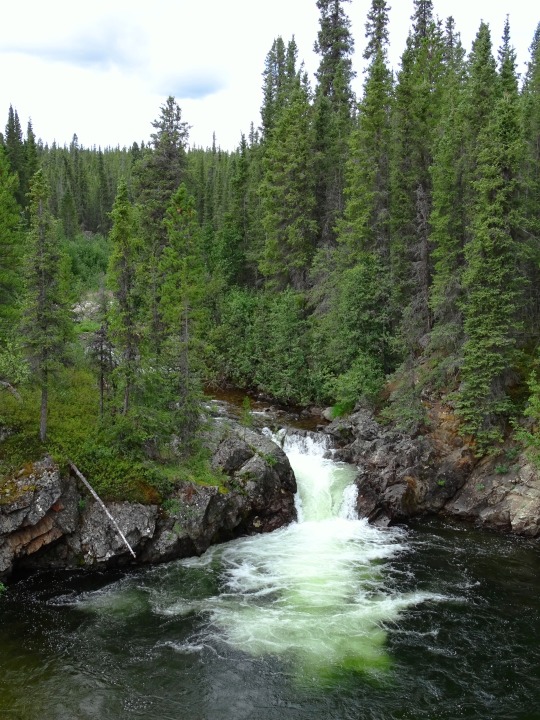


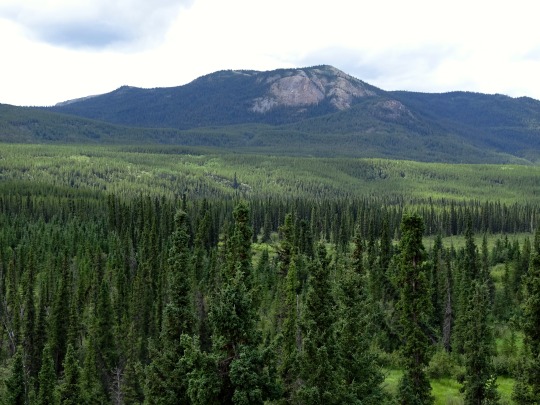
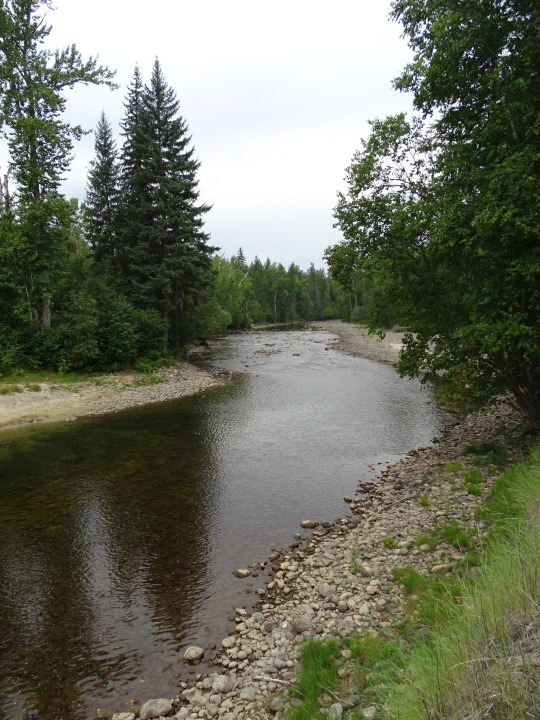



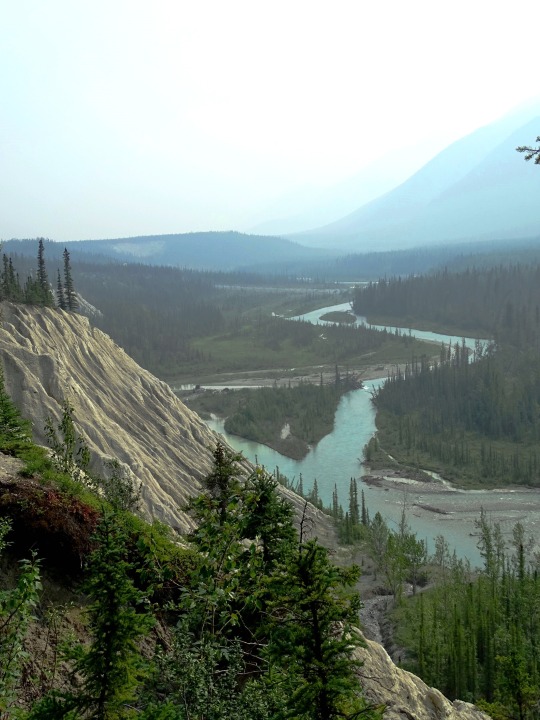
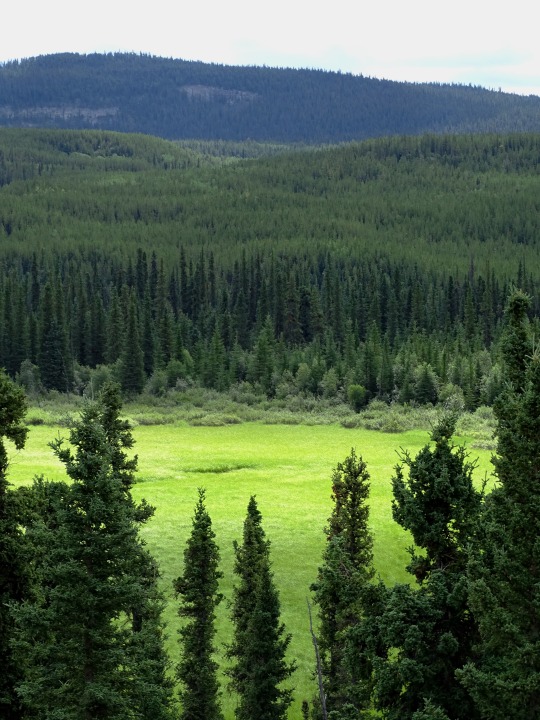
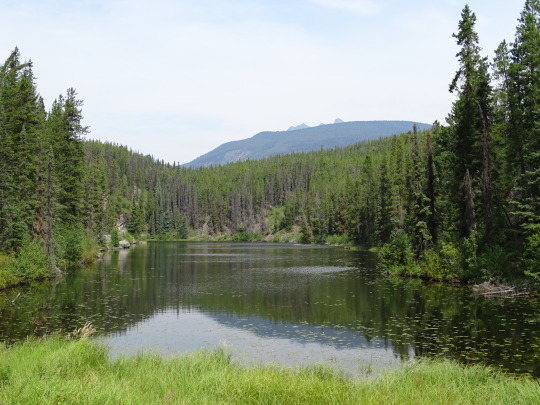


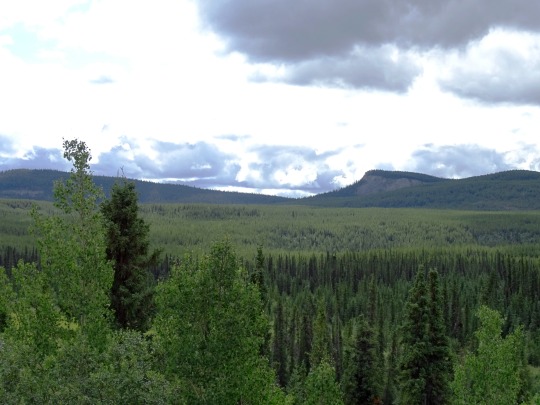
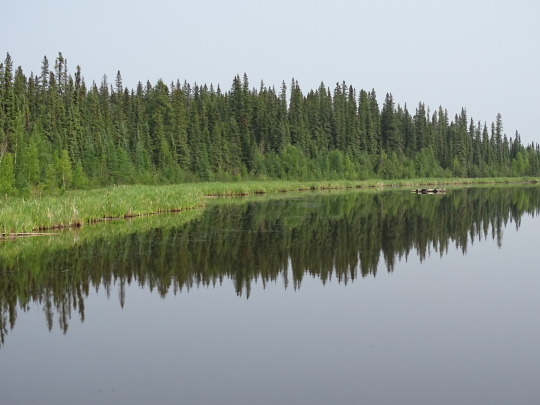
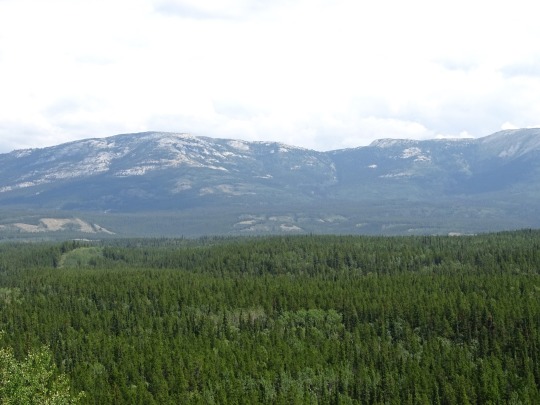


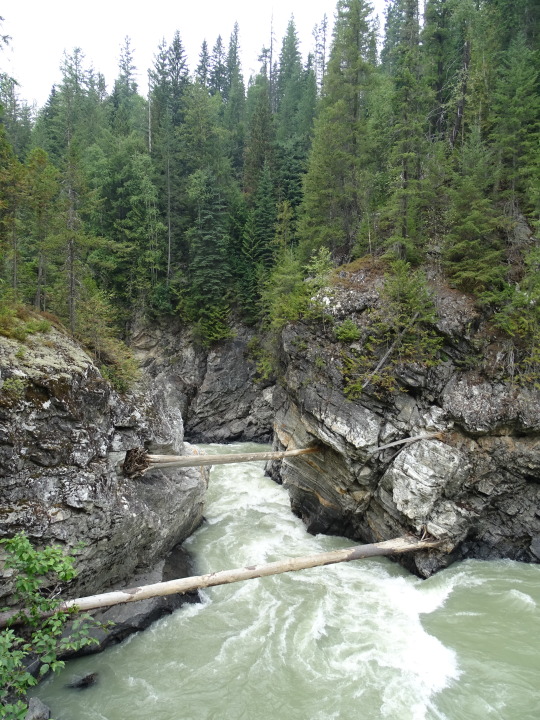




International Day of Forests
International Day of Forests is celebrated on the 21st day of every March. Forests cover the dominant terrestrial ecosystem of the planet and are distributed across the globe. It is a large area that usually has hundreds and thousands of trees, herbs, shrubs, other living organisms and more. The term forest usually defines the presence of trees in ample number, and the Earth has different types of forests and a wide variety of trees present in it. Trees are playing a significant role in maintaining the environment and living beings surviving on it. They are solely responsible for producing the vast majority of air or oxygen without which life would be impossible. For various reasons, forests are being depleted, destroyed and several millions of hectares of forests are cut down. With the increase in deforestation activities, the ecological system has been degraded completely. International Day of Forests or Forest Day is an awareness Day celebrated in such a way to let people understand the importance of forests and the essential role of trees in our lives. The international Day will also address on issues such as deforestation.
“A nation that destroys its soils destroys itself. Forests are the lungs of our land, purifying the air and giving fresh strength to our people.” – Franklin D. Roosevelt
History of International Day of Forests
The International Day of Forests (IDF) has been celebrated since the year 2013. The United Nations General Assembly proclaimed 21st March as IDF on November 28, 2012. Since then, the Day has been observed with various events and activities to raise the awareness about the importance and benefits of the forests, its types, trees outside the forests to the people of current and future generations. Earlier to this IDF, World Forestry Day had been observed which has originated in 1971 at the 23rd General Assembly of the European Confederation of Agriculture. Food and Agriculture Organization (FAO) had established it and started celebrating it from the year 1972 till 2012. IFD is created to raise awareness about the forests and issues of deforestations as a whole. Each year, IDF or Forest Day is celebrated with a theme which is chosen by the Collaborative Partnership on Forests.
On each Forest Day, countries from all over the world are encouraged to undertake useful efforts to organize any local, national, or international activities or events involving forests and trees. Also, the United Nations works together with the governments, community organizations, and the general public as a way to promote both local and global activities for the IDF. Activities include tree planting campaigns, photo exhibits that portray the importance forests and trees, and sharing infographics, videos, news messages via social and other media. As human society and forests are influencing each other in both positive and negative ways, it is vital to promote awareness about the role of forests as with the humankind. Forests are providing the ecosystem services to humans and are serving as tourist attractions.
However, human activities like harvesting forest resources, deforestation, and more have negatively affected the forest ecosystems and which in turn are affecting the human life indirectly through natural disasters and environmental changes. The forests account for about 75 percent of the gross primary productivity of the Earth’s biosphere. It contains about 80 percent of the Earth’s plant biomass. According to the survey by FAO in 2006, forests covered four billion hectares, i.e., 15 million square miles or approximately 30 percent of the world’s land area in total. It contains more than 60,000 tree species and in which many as of them are yet unidentified species. Forests are actively contributing to the balance of oxygen, carbon dioxide and humidity in the air and they also protect the watersheds, which supply fresh water to the rivers.
Forests are the primary source of food, fibre, water and medicines for about 1.6 billion of the world’s poorest people approximately. It also included the indigenous peoples with unique cultures. More than 13 million hectares, i.e., 32 million acres of forests are lost every year which is an area roughly the size of England. Forests are providing shelter for 80 percent of the terrestrial species including animals, plants and insects. It is essential to know that the forests are playing a critical role in the climate change including the global warming. According to the UN, deforestation results in 12 to18 percent of the world’s carbon emissions which is almost equal to all the CO2 from the global transport sector. Equally crucial, the healthy forests are found to be one of the world’s primary ‘carbon sinks.’
How to Celebrate International Day of Forests
Celebrating the International Day of Forests is quite simple. Get to know more about the forests, their role in ecological balance and different types of forest ecosystems. On this awareness Day, you can start planting a tree and encourage people around you to do so. Spread information regarding the positive effects the environment gains with proper maintenance of the forests. Make an initiative to save the planet from greenhouse emission, pollution, climate changes and more by planting as many trees as you can. You can start campaigns joining with any organization to work towards saving the Planet actively.
Source
#Alaska#British Columbia#Alberta#Yukon#Canada#USA#travel#original photography#vacation#tourist attraction#landmark#landscape#International Day of Forests#InternationalDayOfForests#WorldForestryDay#21 March#woods#flora#nature#countryside#Coast Mountains#Rocky Mountains#birch#sub-alpine fir#Methusula's Beard#Jasper National Park#Yukon River#Wye Lake#summer 2023#Rancheria Falls
1 note
·
View note
Text

International Day of Forests is an opportunity for us to focus on the ancient forests of our motherlands. There has been extensive deforestation in both Ireland and Peru.
Historically, Ireland had 80% forest cover before modern agriculture. At one point, Ireland was reduced to just 1% of native forests! One way to help is to gift an Irish tree through reforestnation .ie a “Social Enterprise Planting One Million Trees with the Irish People”.
In Peru, the Amazon rainforest covers 60% of the country’s landscape. In just one year, Peru lost 3.86 million hectares of tree cover (or 4.9%) to deforestation. One way to help is to donate a small amount to provide Indigenous peoples with tools, training, and resources that are proven to reduce deforestation through rainforestfoundation .org
As always, do what you can in the area where you live as well!
#international day of forests#world forest day#ireland#peru#amazon rainforest#tree huggers#nature worship#celtic#inca#inka#druid
0 notes
Text
3/21/2023 is International Day of Nowruz 🌏, Mother's Day in the Middle East 🌏, Harmony Day 🇦🇺, World Down Syndrome Day 🌏, World Poetry Day 🌏, World Social Work Day 🌏, National California Strawberry Day 🍓🇺🇲, National Common Courtesy Day 🇺🇲, National Fragnance Day 🇺🇲, National French Bread Day 🥖🇺🇲, National Rosie the Riveter Day 💪🇺🇲, National Single Parents Day 🤱🇺🇲, National Ag Day 🇺🇲, Train it Chooseday 🚉🇬🇧, International Day for the Elimination of Racial Discrimination 🇺🇳, International Day of Forests 🌳🇺🇳

#nowruz#mothers day in the middle east#harmony day#world down syndrome day#world poetry day#world social work day#national california strawberry day#national common courtesy day#national fragrance day#national french bread day#national rosie the riveter day#national single parents day#national ag day#train it chooseday#international day for the elimination of racial discrimination#international day of forests
3 notes
·
View notes
Text
yoo happy international day of forests? i really do love forests. please be sure to go outside and thank a tree for just existing 🥰 cause they deserve it
0 notes
Text
Usbong Kalikasan Statement on Kaliwa Dam
Author: Geo Paulo M. Tambalo
Graphic Designer: Kandhalvi Maidinshifwell Asaali

Exactly eleven years ago, the United Nations General Assembly proclaimed the 21st of March as the International Day of Forests to inspire societal admiration and awareness of the importance of all forest types. This year’s celebration, with the theme “Forests and Health,” calls on every country to work in consideration of the interconnectedness of the state of forests and overall human welfare. Essentially, the imperative realization is that the scope of deforestation impacts goes beyond the natural world, extending to our economy, society, and health.
The Philippines, however, heavily contradicts the aspirations of today's event with recent news about its New Centennial Water Source - Kaliwa Dam Project that China funds via a bilateral loan agreement. Worth 12.2 billion pesos, the Metropolitan Water Sewerage System (MWSS) imprudently addresses the water shortage crisis in the greater Manila area by flooding 300 hectares of forest land and excavating parts of the legally-protected Sierra Madre mountain range to roughly create a 63-meter-high water reservoir and a 28-kilometer-long conveyance tunnel. Ultimately, the operationalization of the dam project comes at the expense of all existing natural ecosystems and Filipino communities in and near the construction areas.
Most affected by this government enterprise is the Kaliwa watershed, a declared forest reserve and national wildlife sanctuary under Proclamation No. 573 of 1968 and Proclamation No. 1636 of 1977, respectively. Located at the southern end of the Sierra Madre mountain range, the contested Kaliwa watershed is a critical environment for the survival of an abundance of wildlife and plants, some of which are even endemic to the Philippines. All the unregulated deforestation before the project's conception, at a rate of 408 hectares per year, has already rendered at least 8 animal species and 67 plant species vulnerable to endangerment or extinction soon. Logically, if the Kaliwa dam construction pushes through, the forest reserve may no longer be home to many in the still-developing list of biological species.
As the "Forests and Health" theme suggests, any harm inflicted on the montane and lowland forests of the Kaliwa watershed is naturally transferrable to Filipino communities. Immediate victims of the Kaliwa dam project are the indigenous peoples (IPs), mainly from the Dumagat tribe, who have since relied on their ancestral forest lands for subsistence. But, for a country that is visited by an average of 20 typhoons per year, a dam in the southern Sierra Madre mountain range would mean more risk of flooding and flash floods for nearby human settlements in Quezon province, Rizal province, and even some parts of Metro Manila. Although flood control projects have been developed to combat these possible catastrophes, the risk of an immobilized local economy during and after construction still looms to add weight to the already heavy financial burden of the Kaliwa dam construction.
In celebration of the International Day of Forests, we stand united with the Dumagat-Remontado tribe in their call to stop the Kaliwa dam construction and save what is left of Sierra Madre. We implore the Philippine government to consider viable and sustainable solutions to the water shortage crisis that do not disrupt our natural forest lands. We should recognize that, instead of deforesting watersheds, restoring and conserving forests in existing watersheds like Angat and La Mesa is better for the cost and longevity of water supplies.
References:
Asian Disaster Reduction Center. (2013). Asian Disaster Reduction Center���ADRC). Adrc.asia. https://www.adrc.asia/nationinformation.php?NationCode=608&Lang=en#:~:text=Located%20along%20the%20typhoon%20belt,frequent%20earthquakes%20and%20volcanic%20eruptions.
Department of Environment and Natural Resources. (2013). Upper Marikina River Basin Protected Landscape & Kaliwa Watershed Forest Reserve. Denr.gov.ph. https://forestry.denr.gov.ph/b+wiser/index.php/sites/umrb/8-b-wiser-sites
Haribon Foundation. (2018, November 20). Kaliwa Dam will destroy Sierra Madre biodiversity – Haribon Foundation - The Haribon Foundation. The Haribon Foundation. https://haribon.org.ph/kaliwa-dam-will-destroy-sierra-madre-biodiversity-haribon-foundation/
Haribon Foundation. (2019, June 25). Stop Kaliwa Dam - The Haribon Foundation. The Haribon Foundation. https://haribon.org.ph/stop-kaliwa-dam/
Joe Priela. (2023, February 2). Kaliwa Dam project to be completed by 2026, MWSS says. Manila Bulletin. https://mb.com.ph/2023/02/02/kaliwa-dam-project-to-be-completed-by-2026-mwss-says/
Metro Manila water security study : final report (English). Washington, D.C. : World Bank Group. http://documents.worldbank.org/curated/en/966091468107676247/Metro-Manila-water-security-study-final-report
Metropolitan Waterworks and Sewerage System. (2019). Environmental Impact Statement: Kaliwa Dam Project (pp. 1–389).
#international day of forests#mapua university#publications#MapuanMakabayanMakakalikasan#usbong kalikasan#UsKa
1 note
·
View note